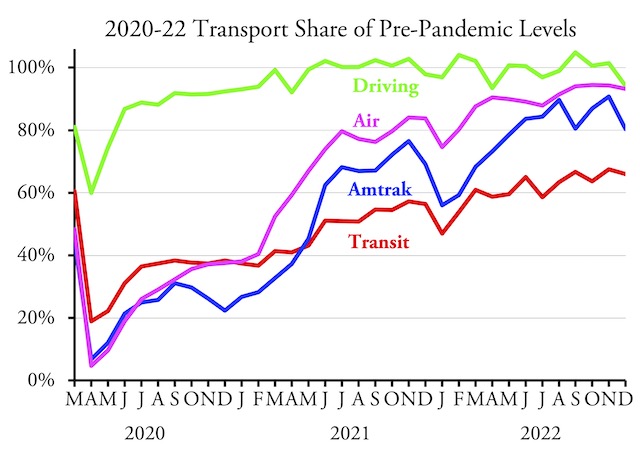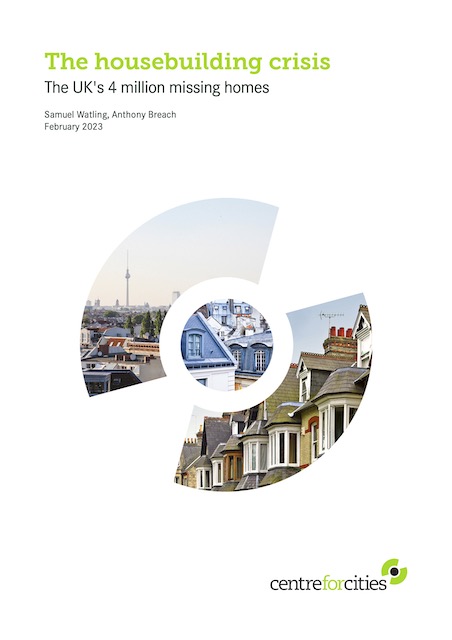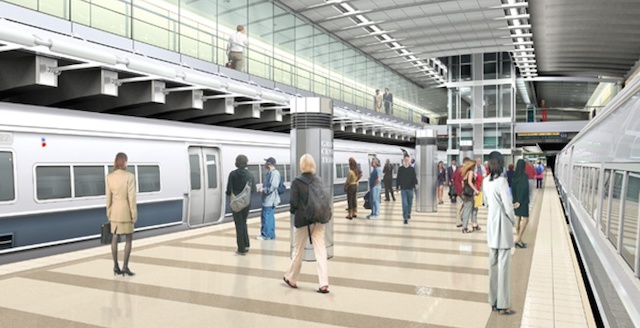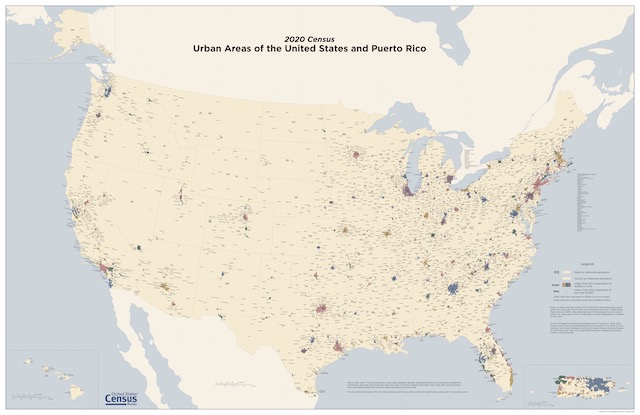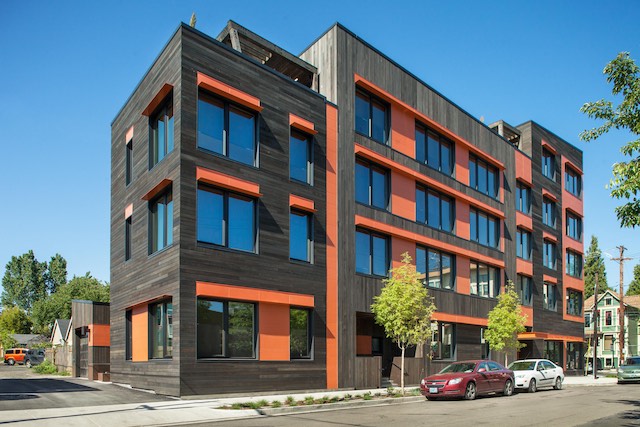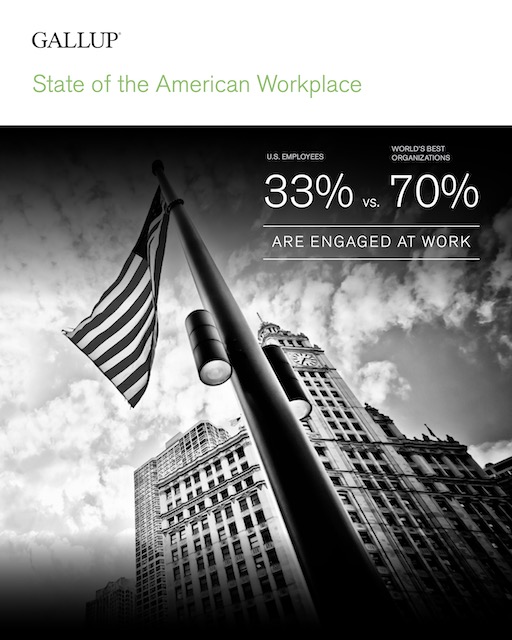The Maricopa Association of Governments (MAG) wasted billions of dollars of taxpayer money because it failed to follow the most basic rules of planning, says a report released today by the Arizona Free Enterprise Club. The standard “rational planning process,” which is described in just about every introductory planning textbook, calls for planners to identify a full range of alternatives, evaluate those alternatives, pick the best one to accomplish their goals, and monitor the implementation of the plan to ensure that their original assumptions were correct.
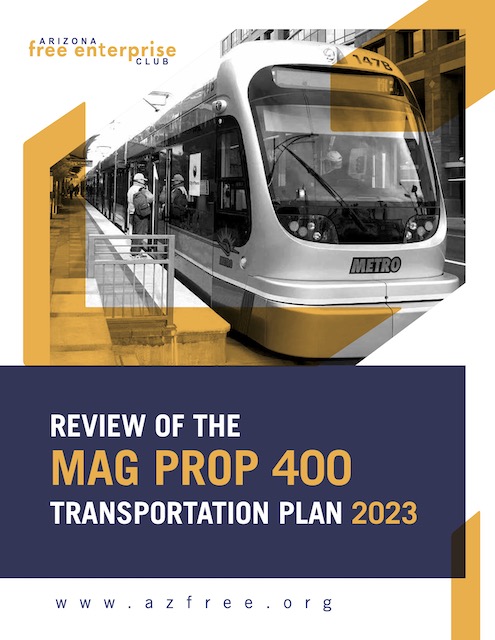 Click image to download a 8.9-MB PDF of this 38-page report.
Click image to download a 8.9-MB PDF of this 38-page report.
Maricopa regional transportation plans, including plans issued in 2006, 2014, and most recently 2021, fail to do any of these steps. By failing to consider a wide range of alternatives, MAG ended up writing a plan that didn’t make sense for the 21th century. By failing to evaluate alternatives, it ignored low-cost solutions that could do more to accomplish the plan’s goals. By failing to monitor previous plans, it repeated the same mistake over and over in long-range plans written about every five years. Continue reading


